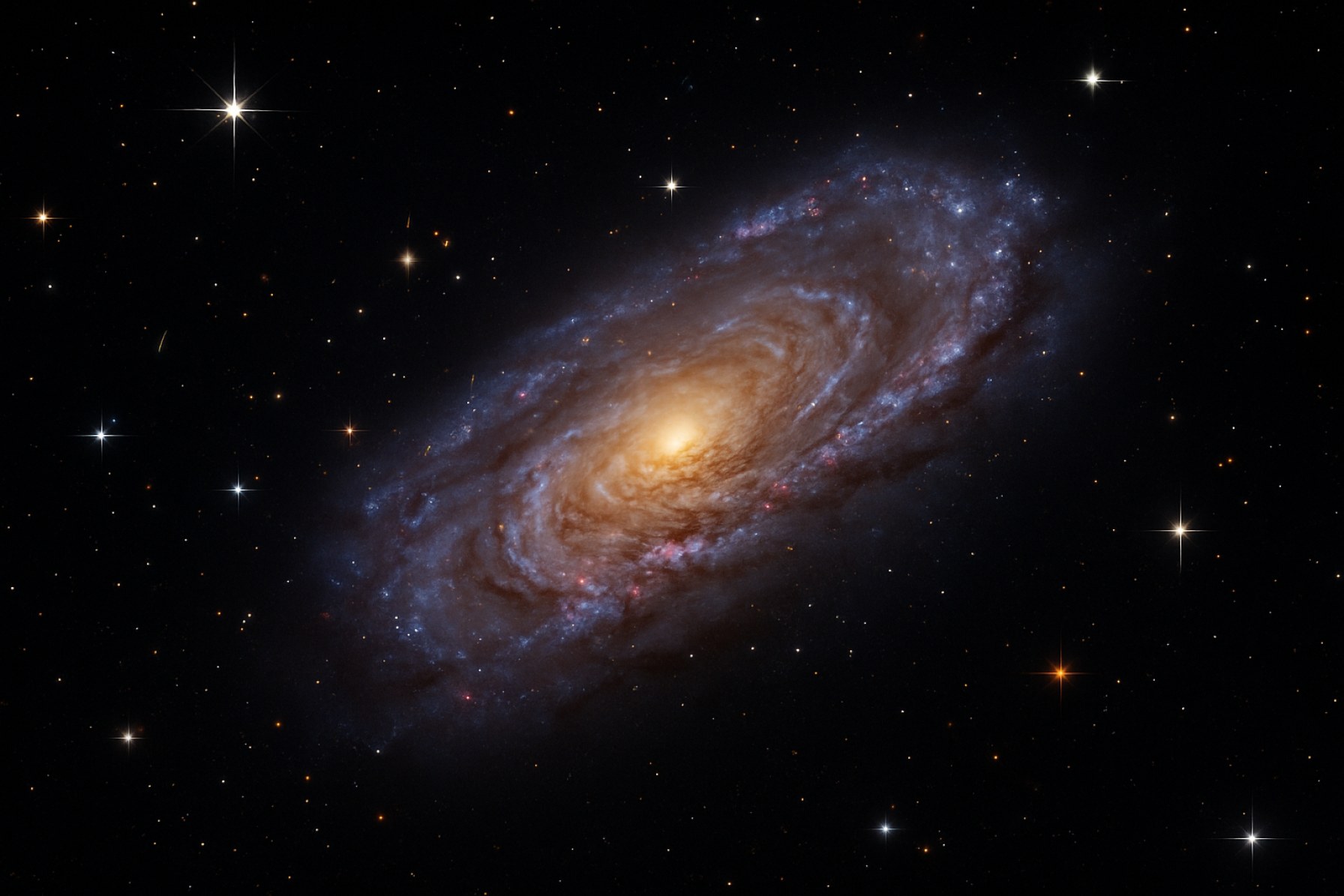Webb Telescope Spots Mysterious New Galaxy: A Cosmic Game-Changer for Astronomers in 2025
The James Webb Space Telescope discovers a groundbreaking, never-before-seen galaxy—here’s what this could mean for the future of space research.
- Launch Date: December 25, 2021
- Discovery: Previously undetected galaxy, 13 billion light-years away
- New Data: Web-captured images revolutionize early universe research
The cosmos just handed astronomers their next big mystery. NASA’s revolutionary James Webb Space Telescope has set its sights on an unexplored galaxy, leaving top scientists both baffled and electrified.
This awe-inspiring discovery, announced in early 2025, could completely rewrite what we know about the birth of our universe. The Webb Telescope’s advanced infrared sensors penetrated cosmic dust to reveal stellar formations never detected before—a milestone in space exploration.
What Makes This Galaxy So Special?
Hidden a staggering 13 billion light-years from Earth, the newly observed galaxy dates back to just a few hundred million years after the Big Bang. Its unique chemical fingerprints and defiant structure defy existing theories about galaxy formation.
Instead of the organized spirals astronomers expected, Webb’s detailed images show a chaotic cluster of stars and cosmic gas—captured with a clarity unmatched by any previous telescope. The team behind the discovery suggests these findings could force a radical rethink of early cosmic history.
How Did the Webb Telescope Make This Discovery?
Equipped with world-leading infrared capabilities, the James Webb Space Telescope can see further and deeper than any predecessor. Using the telescope’s powerful Near-Infrared Camera (NIRCam), astronomers focused on a dark patch of the night sky where they believed nothing existed. Webb’s sensors painted a different picture, revealing the new galaxy’s ancient light for the first time.
These fresh observations—impossible with telescopes like Hubble—position Webb as the flagship for cosmic discovery in the 2020s and beyond. You can read more about the technology empowering the mission on the official Webb website.
Why Does This Matter? Q&A With Top Space Researchers
-
Q: Will this change our understanding of the universe’s origin?
A: Absolutely—unexpected galaxy structures could rewrite the timeline and processes of early galaxy formation. -
Q: Could life exist in such new galaxies?
A: While too young for life as we know it, these systems could reveal the essential ingredients for planetary development. -
Q: What’s next for Webb?
A: Additional deep field surveys in 2025 and beyond, with a focus on spotting even older and fainter galaxies.
How You Can Follow the Latest Space Discoveries
Stay updated on cosmic breakthroughs by tracking NASA’s regular updates and image releases. Bookmark sites like Space.com and ESA for expert analysis and stunning visuals.
Space agencies are set to ramp up deep space missions, promising even more jaw-dropping revelations in the coming months.
Don’t Miss the Next Big Discovery!
- Follow the James Webb Mission for new images and findings.
- Explore credible space news sources weekly.
- Share this article to spark conversations about our universe.
- Subscribe to official NASA and ESA newsletters for exclusive updates.
